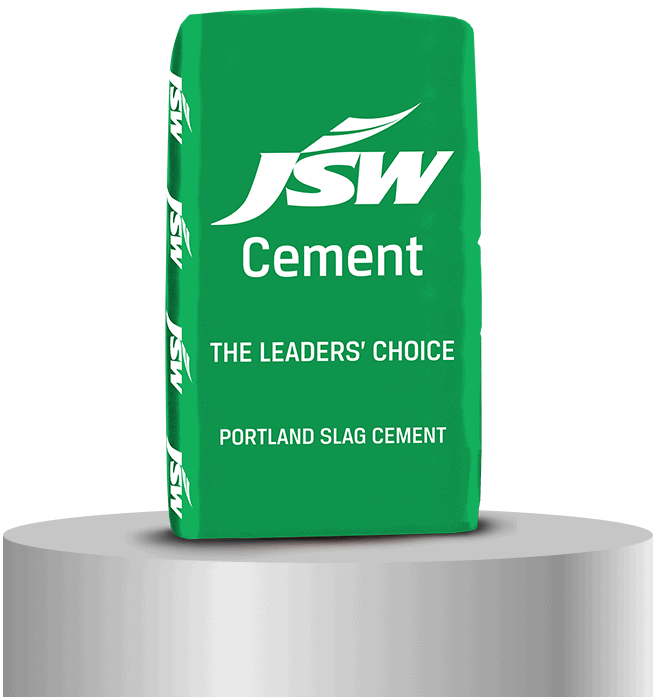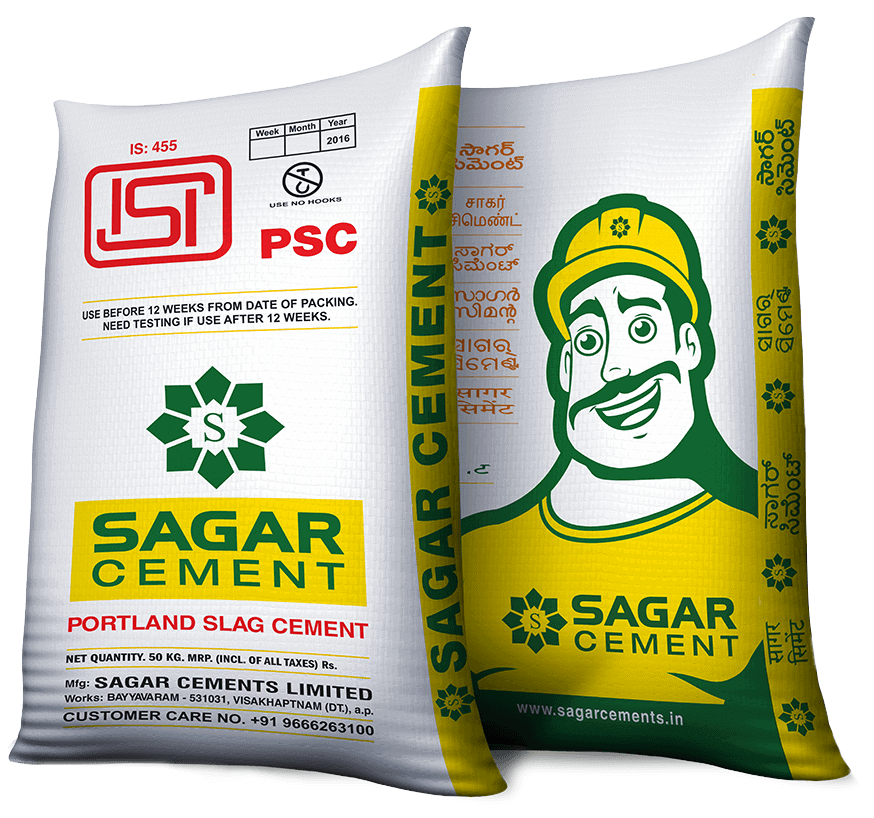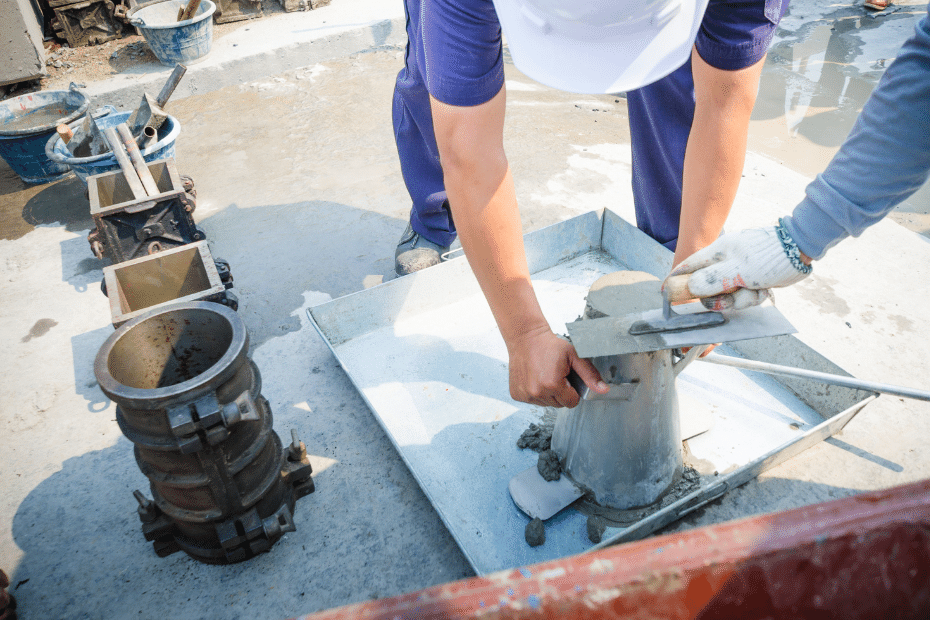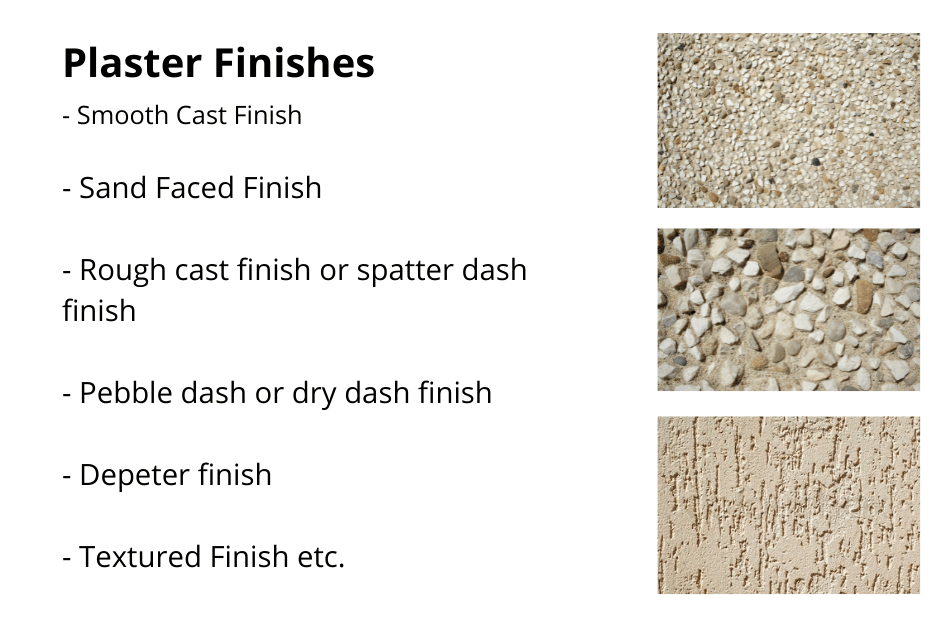Contents
What is Portland slag cement?
Portland slag cement is a type of blended cement that is made with a combination of Portland cement and slag, a by-product of steel production. This type of cement is often used in construction projects where a higher level of durability is needed, such as in concrete that will be exposed to high levels of wear and tear. Portland slag cement can also offer a number of other benefits, such as improved resistance to sulfate attack and a lower carbon footprint than traditional Portland cement.
Portland slag cement composition
Granulated slag makes up between 25 and 70 percent of Portland slag cement, whereas only 3 percent of it is gypsum, and the remaining is clinker. Granulated slag is primarily a non-metallic substance that consists of more than 90 percent glass along with silicates and alumino-silicates of lime. For the production of Portland slag cement use of slag of a good grade is needed that is in compliance with the IS: 12089 criteria. The Portland slag cement that is made has to meet the requirements of IS 455 (1989): Specifications for Portland Slag Cement (PSC)

Properties of Portland slag cement
Physical Properties of Portland Slag Cement
| Physical Properties | Requirements |
| Fineness Specific Surface Area | 225 m2/kg |
| Soundness Le Chatelier Autoclave test | 10 mm 0.8 % |
| Setting Time Initial Setting Time Final Setting Time | 30 minutes 600 minutes |
| Compressive Strength (minimum) @ 3 Days @ 7 Days @ 281 Days | 16 MPa 22 MPa 33 MPa |
Chemical Properties of Portland Slag Cement
| Chemical properties | Percent, Max. |
| Magnesium Oxide ( MgO) | 8.0 |
| Sulphur trioxide ( SO3 ) | 3.0 |
| Sulphide sulphur ( S ) | 1.5 |
| Loss on ignition | 5.0 |
| Insoluble residue | 4.0 |
The final strength of the material produced by any composition may be expected to be rather high; however, the initial strength will decrease as the percentage of slag in the composition grows, while the sulphate resistance will rise and the rate of heat evolution will slow down. Initiation of the hydration of slag takes place when the right alkalinity is provided by lime that has been freed during the hydration of Portland cement; subsequent hydration does not rely on lime.
Also read: Ready Mix Concrete (RMC): A Detailed Guide
Where can Portland slag cement be used?

- Because its hydration is lower than that of standard portland cement, PSC Cement is often used in the production of mass concrete.
- Due to its high resistance to sulphate corrosion, it is frequently utilised in building projects that include saltwater.
- It has applications in the construction of large masses of concrete, such as piles, dams, rafts, concrete roads, and precast items.
- Due to the fact that PSC cement has a relatively low early-stage strength, it could not be used in the construction of a thin RCC structure.
Applications of PSC:
- Construction on residential, commercial, and workplaces
- Dams and other constructions of massive concrete construction
- Installation of water-retaining structures, dams and maritime projects
- Concrete roadways and bridges
- Pre-case concrete products
Also read: What is Hydraulic Cement
What are the advantages of Portland slag cement?
- More resistant to chemical exposure such as chlorides and sulphates due to low permeability
- In comparison to OPC, concrete has a higher compressive strength level.
- Improvements to the structure of the pores
- Reduced internal heat due to hydration
- More workability
- fewer fractures caused by shrinking
- More resistant to alkali-silica reactions.
- Less likelihood of flaws or cracks.
- More economical
- Friendly to the environment since it has lower levels of greenhouse gas emissions
- Simpler placing and a wider variety of finishes.
The fact that slag is considered a waste material means that the production of Portland slag cement requires much less effort than that of Ordinary Portland cement. This is the primary benefit of using Portland slag cement. It is a good way to invest.
Disadvantages of Portland Slag Cement
Due to the fact that Portland slag cement has a low heat of hydration, it is difficult to concretize in cold weather using this kind of cement. Frost damage in concrete may be caused by fairly low rates of strength growth if the temperature is very cold.
Portland Slag Cement Characteristics
- The heat of hydration for Portland slag cement is rather low.
- The cement has a higher resistance to chlorides, as well as soils and waters that have an abnormally high concentration of sulphates or alkali metals and ions. Additionally, the Portland slag cement displays improved resilience to alkaline and acidic fluids.
- Portland slag cement has a very low diffusivity to chloride ions, and as a result, it provides superior protection against the corrosion of steel reinforcement.
Essential factors to consider while making and installing Portland slag cement
- The specific surface (fineness) of slag cement must be at least 225 m2/kg, and it must not be lower than that.
- The expansion of Portland slag cement is not allowed to be more than 10 millimetres or 0.8 percent, whichever is greater.
- The time allotted for the first set cannot be less than 30 minutes, and the time allotted for the ultimate setup cannot be less than 600 minutes.
- After three days, the material’s compressive strength should not be less than 16 MPa; after seven days, it should be at least 22 MPa; and after 28 days, it should be at least 33 MPa.
Portland slag cement price in India
The price of a bag of 50 kg of Portland slag cement in India ranges from 300 to 400 rupees.



Pingback: Ferrocement- A detailed report
Pingback: What is Gypsum board: Ceiling and other applications in Construction